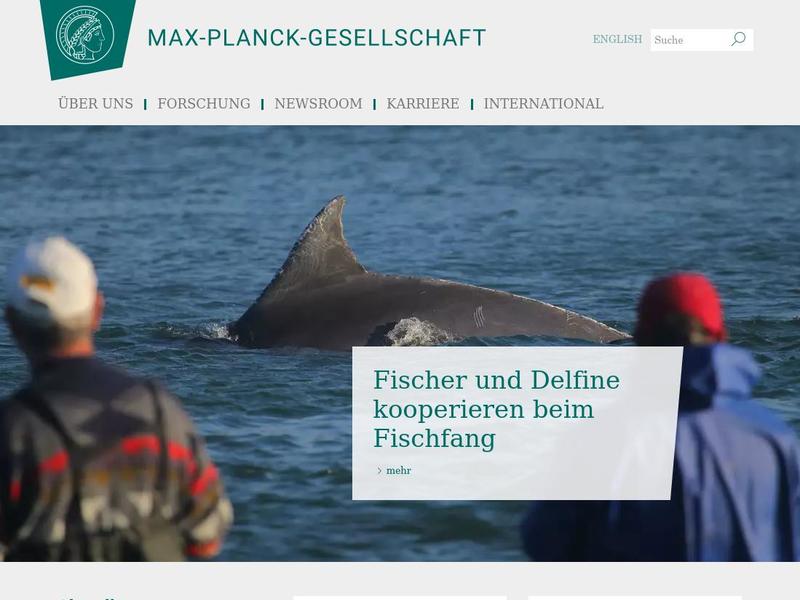Interview: Ulrich-Becker – Refugee Protection in Europe | Max-Planck-Gesellschaft https://www.mpg.de/9680897/ulrich-becker-interview-refugee
The profound influx of refugees has plunged the EU asylum system into a crisis In this interview, Ulrich Becker, Director at the Max Planck Institute for Social Law and Social Policy talks about “ law that is lagging behind reality“, opportunities for remedies, and the results of a new study on the social protection rights of refugees in Europe.
rewarded for this as refugees are not allowed to be sent

